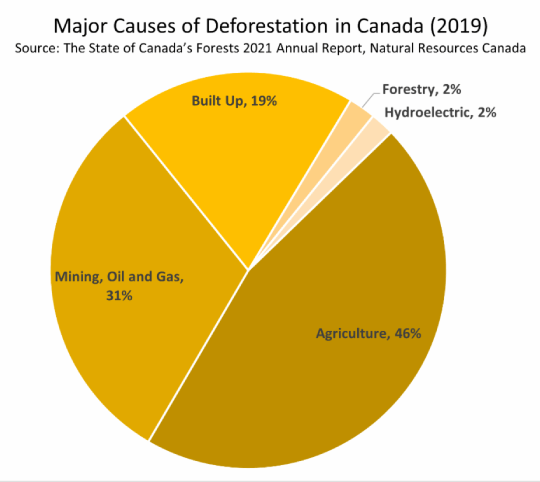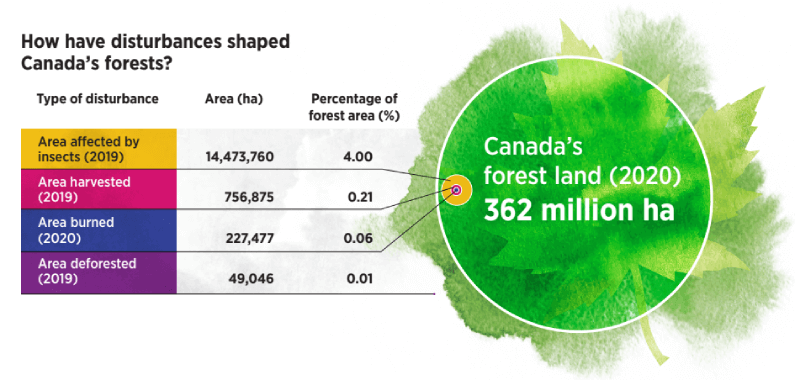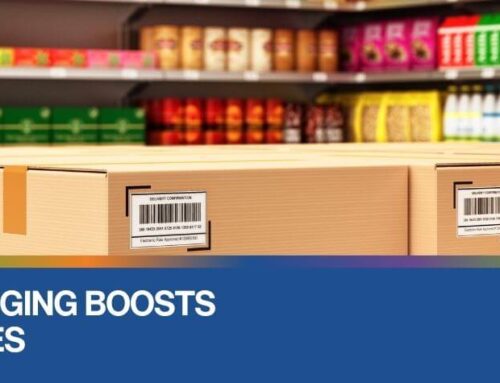Sustainable Forest Management and Climate Change

The following is a Newsletter Post from The Paper & Paperboard Packaging Environmental Council (PPEC)
The Paper and Paperboard Packaging Environmental Council (PPEC) is excited to celebrate National Forest Week (NFW) this week (September 18-24, 2022), as the sustainable management of Canada’s forests is fundamental to PPEC and its members. Sustainable forestry not only plays an important role in the industry’s circular economy, but it is also fundamental to helping mitigate climate change, which is fitting as this year’s theme of NFW is “Canada’s Forests: Solutions for a Changing Climate.”
Canada’s Forests and Climate Change
Forests are affected by natural disturbances such as insect infestations, diseases, fires, flooding, wind, as well as by timber harvesting, forest management practices, and land use decisions.
And climate change can further impact the frequency and severity of natural disturbances as changes in weather and temperature can cause droughts, extreme precipitation, and warmer and drier conditions. These all affect forest health, from increasing the chance of insect infestations and disease, which can damage trees, or cause wildfires, which can release greenhouse gas emissions.
Healthy and sustainable forests have a role in helping to mitigate climate change, as trees capture and store carbon, acting as carbon sources or carbon sinks: a forest is considered a carbon source if it releases more carbon than it absorbs, and a carbon sink if it absorbs more carbon from the atmosphere than it releases.
Sustainable forest management practices can be used to increase carbon sequestration in the forests and in wood products, while deforestation can result in carbon emissions.
Forest Facts and Deforestation
According to the most recent data from Natural Resources Canada’s State of Canada’s Forests 2021 annual report, Canada’s forest land is nearly 362 million hectares (ha), with an estimated 757,000 ha, or 0.2%, of forest harvested in 2019.
The Report notes that the area of forests harvested each year is significantly smaller than the areas affected by insects and fires. According to the data, the area defoliated by insects and containing beetle-killed trees was 14,473,760 ha in 2019, while forest fires consumed 227,476 ha in 2020.
And when it comes to deforestation, 49,046 ha, or 0.01%, of Canada’s forest were converted to other land uses in 2019. The main sectors contributing to deforestation include agriculture (46%), mining, oil and gas (31%), and the built up sector (19%), which includes industrial, institutional or commercial developments, as well as municipal urban development, recreation (ski hills and golf courses) and transportation.
 How Canadian Paper Packaging is Made
How Canadian Paper Packaging is Made
The Canadian paper packaging industry doesn’t use much in the way of freshly cut trees, and the little that is harvested (that 0.2% in 2019) must be successfully regenerated. In 2019, 550 million seedlings were planted in Canadian forests, up from over 440 million seedlings planted in 2018.
In Canada, paper packaging is made from virgin, recycled, or blended pulp (a mix of the two); with all paper fibre sources verified to be responsibly sourced by independent, third-party certification bodies. Most domestic shipments of the three major paper packaging grades made in Canada – containerboard (used to make corrugated boxes), boxboard (used to make boxboard cartons, e.g., a cereal box), and kraft paper (used to make paper bags) – are made from recycled content (81.7%).
Mills also use sawmill residues – such as wood chips, shavings, and sawdust left over from sawmill operations – and some supplement their pulp with virgin fibres from trees, which represents about 12% of the average paper-based box, carton, or bag.
PPEC-member mills have independent, third-party certification that verifies all their paper fibre sources – which include recycled fibres, wood chips, and sawmill residues – are responsibly sourced. Each mill member has independent chain-of-custody certification for their operations in Canada by a recognized forest certification standard such as FSC, SFI, PEFC, and CSA Z809.
When we use and recycle paper-based packaging, we all play a role in protecting renewable resources, contributing to the sustainable management of Canada’s forests, supporting the circular economy of the paper-based packaging industry, and helping to mitigate climate change.
 Canada’s Forests: Solutions for a Changing Climate
Canada’s Forests: Solutions for a Changing Climate
Sustainable forestry is not only about replanting trees to replace those that are harvested – though regeneration is very important in helping to create permanent additions to Canada’s forests – but it is also about learning how to retain and encourage the carbon-capturing ability of forests, so they can be effective carbon sinks, removing carbon from the atmosphere.
Carbon storage by forests is just one of the many recommendations from the United Nations report, Forest Products in the Global Bioeconomy: Enabling substitution by wood-based products and contributing to the Sustainable Development Goals, which also speaks to the role renewable forest products have in helping to combat climate change.
“There is strong evidence at product level that wood products are associated with lower GHG emissions over their entire life cycle when compared to products made from non-renewable or emissions-intensive materials. A review of 488 substitution factors obtained from 64 published studies indicates that the use of wood and wood-based products is generally associated with lower fossil and process-based emissions when compared to non-wood, functionally equivalent products.”
As more countries aim to achieve net-zero emissions, including Canada, it will be important to continue learning and better understand the role that forests, and sustainable forest management, has in mitigating climate change.






Leave A Comment